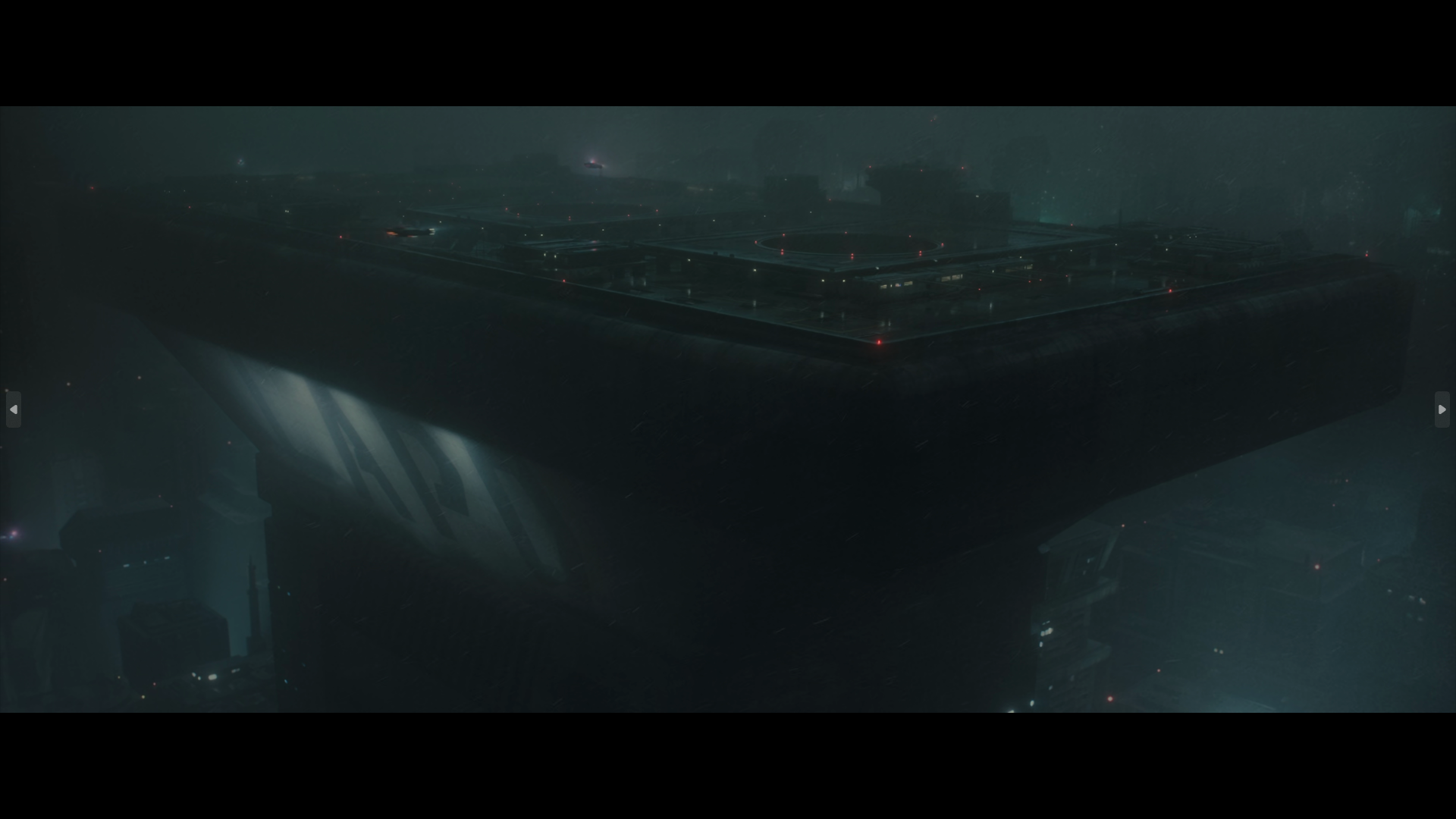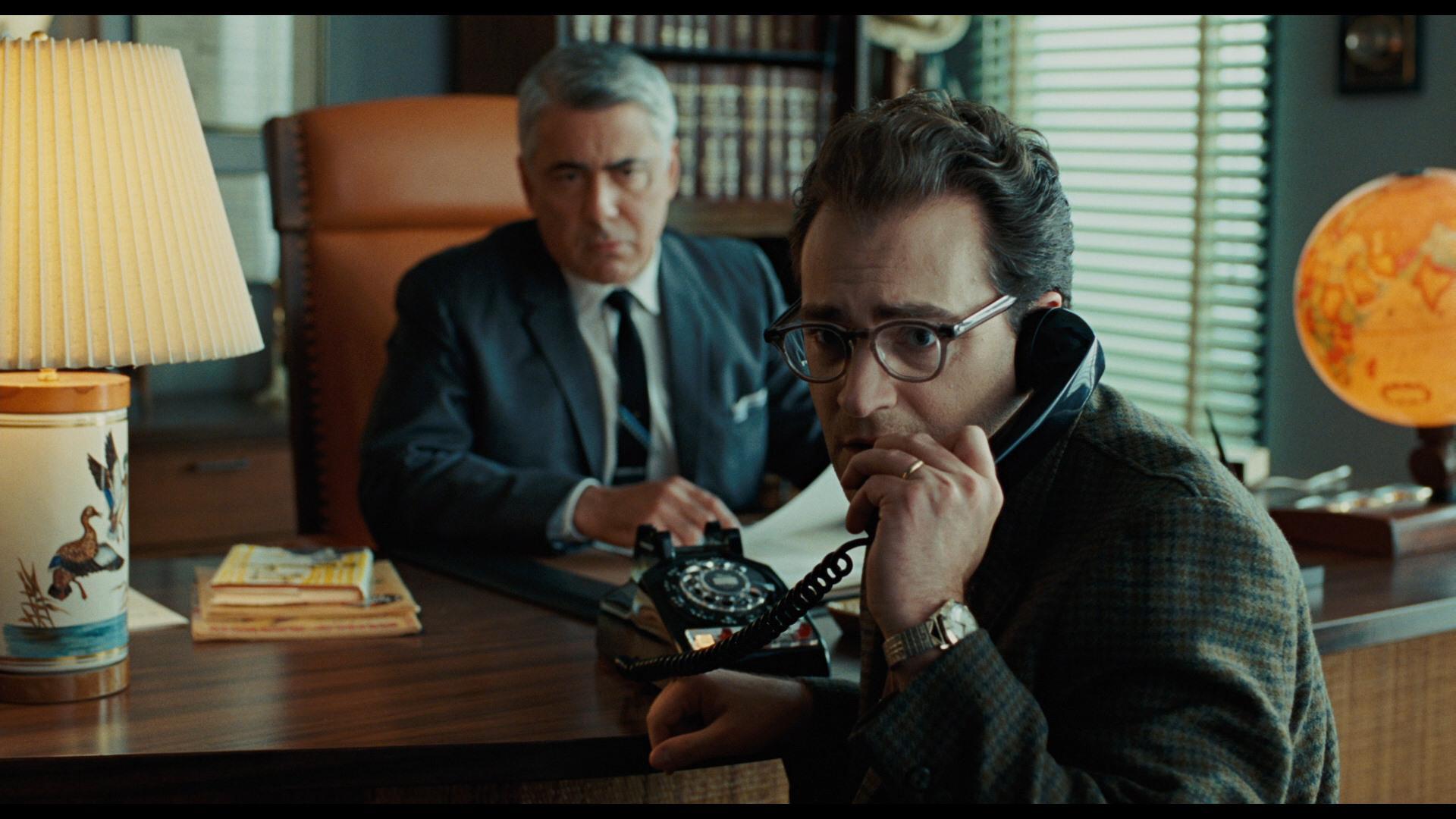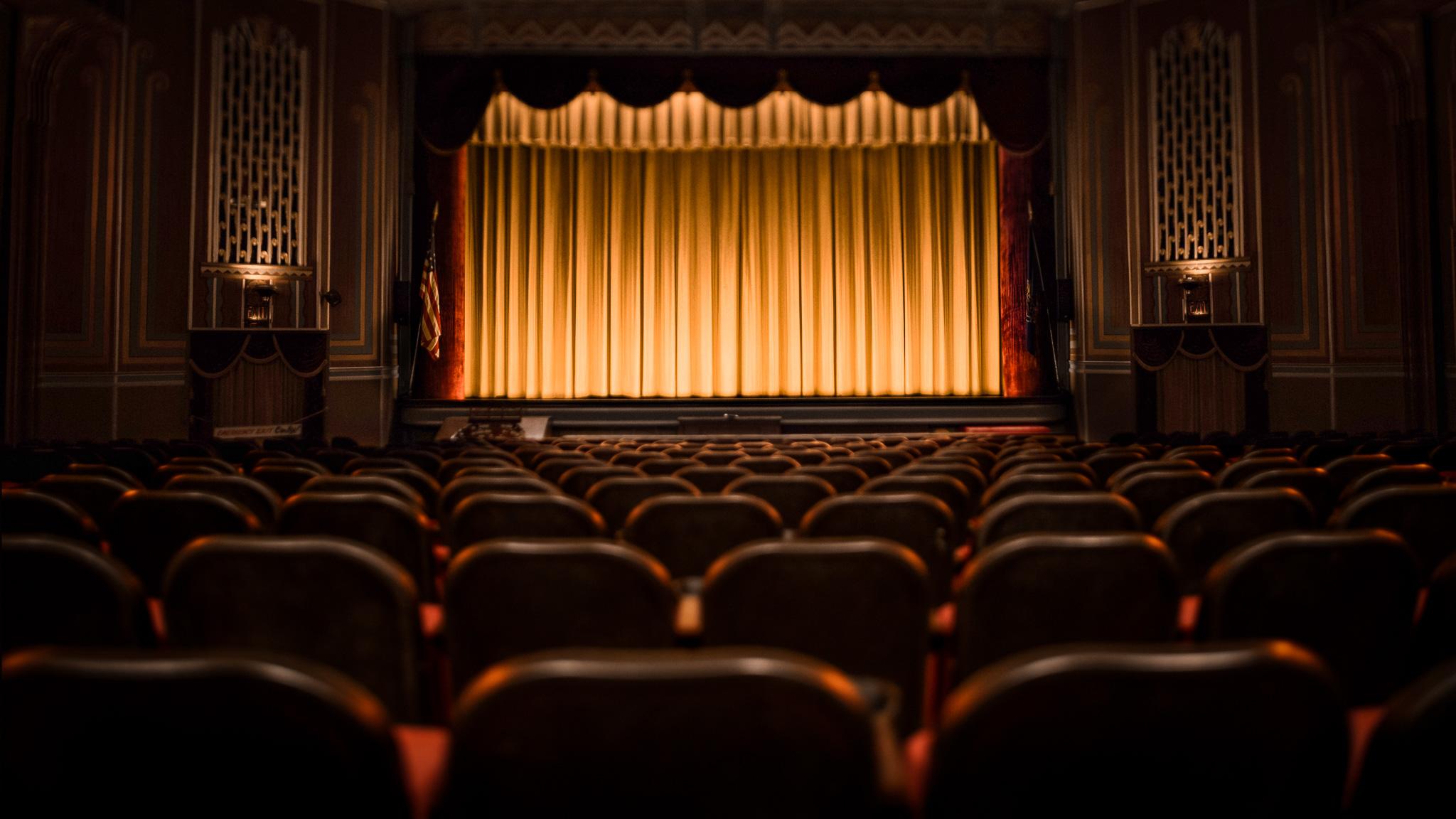-
Search Results
-
Roger has previously written on this forum about how he “timed a cold negative” for The Shawshank Redemption, i.e. shot exteriors on tungsten balanced stocks without an 85 filter and then corrected the color in the timing process. Does anyone on here know any instances of a D.P. doing the opposite, i.e. shooting an interior (non mixed lighting) on a daylight balanced stock without an 80A filter and then correcting the color during timing? If so why might a filmmaker choose to do so?
Hi Master Roger,
Had revisited Bladerunner 2049 again lately after seeing a DGA interview where Christopher Nolan interviewing denis villenueve on Dune, where Nolan compliments denis on the film saying BR2049 was a great box office success actually rather than what production company had lead the film maker to believe. Saying it was a master piece for him. And while asking about some of the amazing blending and seamlessness of CG to live action in Dune. Villeneuve said he learned how to do that from A Master named Roger Deakins. The talk was amazing to here.
And the talk between Roger and James with Greig fraser also talked about using grey screens instead of blue or green screens and stuff. About blending live action and CG,was so informative to here about the process.
Master Roger I was amazed by certain shots done on BR2049, can you tell us how much part of these images are real and how much it is CG and the blending of them.



I can hear the rumbling sound of the flying cars and the sound of this film I must say equal to it’s imagery.
Thank you,
Master Roger.
Topic: Questions to ask to prepare
Hello everyone,
This forum is such a wealth of knowledge and has been a huge source of help as I grow in my field (currently a small time gaffer) so first off, thank to everyone who participates here.
So my question is what questions do you ask (yourself and others) before a shoot? Every shoot is different and every script calls for it’s own style, but what questions do you ask as you formulate that style? And for on set, what questions are you asking yourself as you prepare to light a scene?
I am very interested in learning what questions to ask myself both to find the look of a film, and questions to ask myself on set to achieve that look.
Thank you to anyone who responds!
P.S. also curious about what questions people are asking themselves to decide on composition as well, I can post in that sub as well, or can it all be answered here?
Hey Roger and friends! I’m shooting a short and most of the scenes are in a hospital room that we are making into a set for a few days. Some day scenes some night. Most will be day. Luckily we are on the first floor so we will have ability to light the windows when needed. But I’m thinking I just want to let them sort of blow out soft. We will put up some vertical blinds that will be partially open to see light come through but I dont want to see outside.
It’s one small window about 4’ x 8’. We are going to build a tent around it outside so we have control. I dont have anything on hand very big lighting wise but I’ll have 3 Joker 1600s. My plan was just to tee up a 12 ultra about 8-10 feet away from the window and have all three bouncing into it.
Originally I was thinking or something like 1/4 or 1/2 grid on the window so it was a consistent soft light. Do you think that would be to much diffusion and not enough light should I go with something softer like opal or hamp? I’m just worried the 3 1600s will not be enough. I’d like to use the window as a large practical if possible. Obviously we will augment when possible but for the wide scenes it would be nice to use it as a practical since it will be a real hospital room and not a stage set.
I added a grab from A serious man with a window similar to a look I’m looking for.
Thanks so much!

CBE, ASC, BSC

